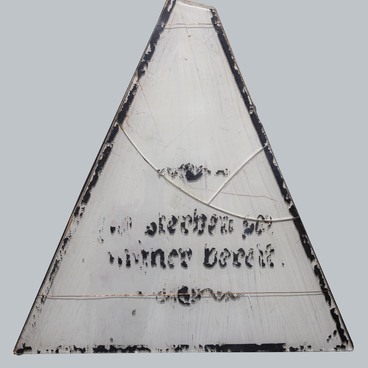During the Great Patriotic War, it was important not only to treat the wounded but also to ensure their speedy recovery and return to combat duty. By helping the wounded recover, the medical professionals provided significant reserves to the army.
A comprehensive recovery process included rehabilitation procedures. Physical therapy greatly contributed to speeding up the recovery. It was critical to introduce comprehensive therapy as early as possible: if it was prescribed soon enough, physical therapy helped to reduce the convalescence period significantly.
During the first year of the war, it was rarely possible because some of the wounded had to travel for weeks before they could get proper medical treatment. However, a year into the war, most qualified physicians successfully applied physical therapy in the early recovery stages. A hand rehabilitation device was used by patients with wrist injuries to improve strength and mobility.
During the war, doctors designed numerous hand training devices. The only ones that became widely adopted were those that targeted a specific area and allowed increasing the load if necessary. Using such a rehabilitation device for finger training was prescribed after surgery. Physical therapy was allowed only if there were no symptoms of progressive infection.
In most hospitals, the exercises were performed on a daily basis. The physical training had a general revitalizing effect and promoted discipline. Two or three times a day, the wounded did a set of exercises under the supervision of a nurse. After that, throughout the day, they performed several sets on their own.
The intensity was gradually increased. The prescribed physical therapy and basic exercise guidelines were indicated by the attending physicians in the medical history of the wounded. Doctors also recorded the adjustments to exercises and results of hand function tests in special cards which were kept in the physical therapy room.
A comprehensive recovery process included rehabilitation procedures. Physical therapy greatly contributed to speeding up the recovery. It was critical to introduce comprehensive therapy as early as possible: if it was prescribed soon enough, physical therapy helped to reduce the convalescence period significantly.
During the first year of the war, it was rarely possible because some of the wounded had to travel for weeks before they could get proper medical treatment. However, a year into the war, most qualified physicians successfully applied physical therapy in the early recovery stages. A hand rehabilitation device was used by patients with wrist injuries to improve strength and mobility.
During the war, doctors designed numerous hand training devices. The only ones that became widely adopted were those that targeted a specific area and allowed increasing the load if necessary. Using such a rehabilitation device for finger training was prescribed after surgery. Physical therapy was allowed only if there were no symptoms of progressive infection.
In most hospitals, the exercises were performed on a daily basis. The physical training had a general revitalizing effect and promoted discipline. Two or three times a day, the wounded did a set of exercises under the supervision of a nurse. After that, throughout the day, they performed several sets on their own.
The intensity was gradually increased. The prescribed physical therapy and basic exercise guidelines were indicated by the attending physicians in the medical history of the wounded. Doctors also recorded the adjustments to exercises and results of hand function tests in special cards which were kept in the physical therapy room.


